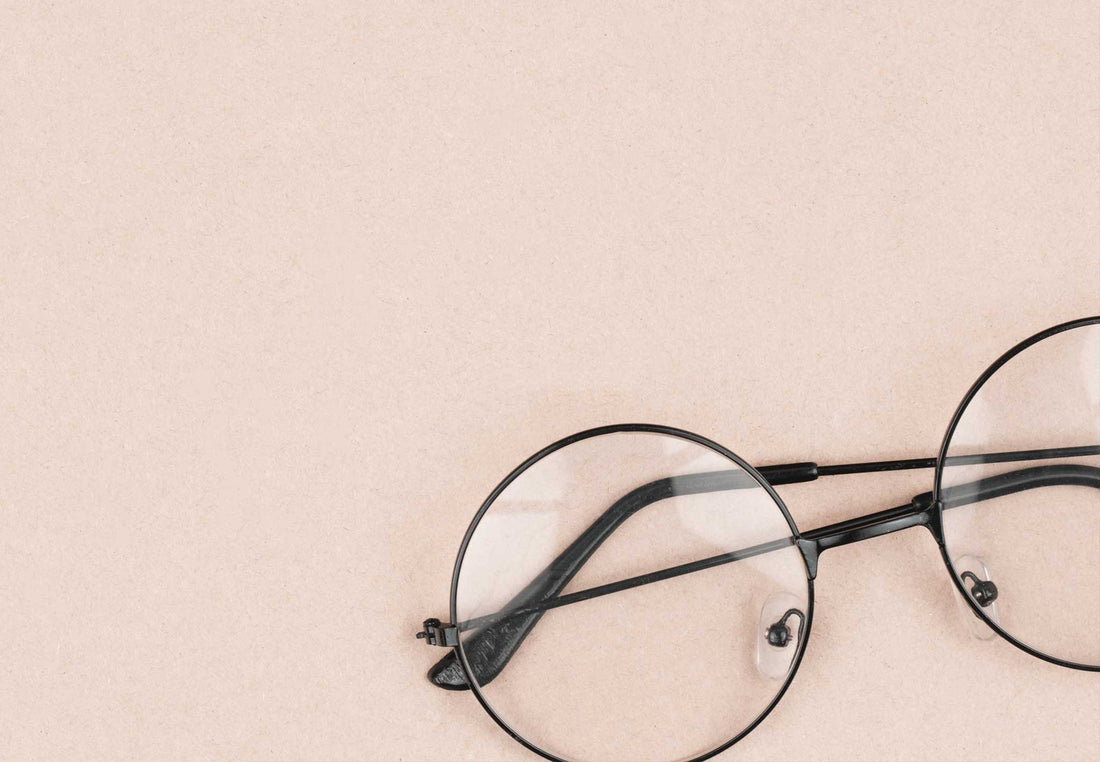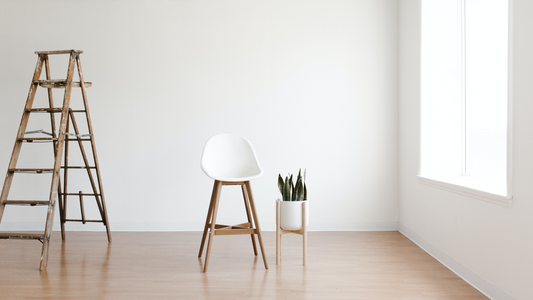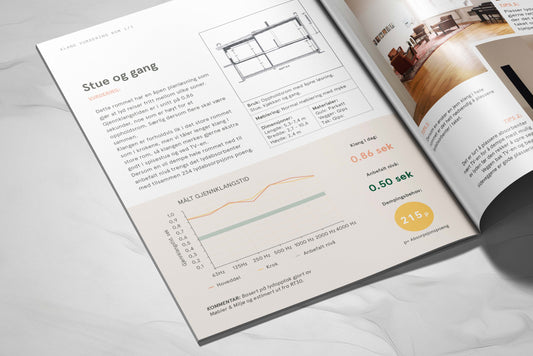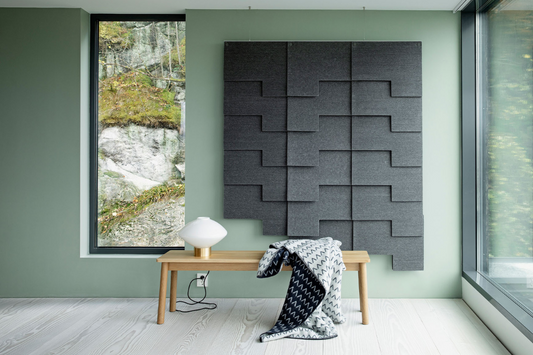GET YOUR GEEK ON!
Room Acoustics is hard to talk about without using a few fancy scientific words. Here are the most common terms and expressions you’ll run into explained:
SOUND WAVE
Sound is produced by particles vibrating. When air particles vibrate they cause the particles next to them to also vibrate thereby causing a sound wave. They continue to do this until their energy ‘runs out’. We hear sound when the vibrating particles cause our eardrum to vibrate.
FREQUENCY
The frequency of a sound decides the pitch. Imagine the keys of a piano. The keys to the far left are dark base tones, these have a low frequency. The keys on the far right are the high tones, with a high frequency. The frequency is the number of waves that pass a fixed point in one second. We call the unit waves/second for Hz.
VOLUME
This is how intense the sound is. Whether it’s a scream or a whisper. We measure the volume in dB which is a logarithmic scale. Fun (and good to know) fact; an increase of 3 dB is perceived as twice as loud.
ROOM ACOUSTICS
The science of how sound behaves in rooms. It relates to the acoustic properties of different spaces and how the acoustics can be modified to suit what the room is used for. For example a theater, classroom or dining room all have different requirements to the acoustics in order to function well.
REVERBERATION TIME (RT)
This is the time it takes for a sound to ‘fade away’. The RT is how long it takes from the sound begins until it has dropped 60dB. For example, a cathedral can have an RT of several seconds, which gives that grand and echoey sound. On the other hand a music studio has a very short reverberation time, perhaps as low as 0.2 seconds, which gives a room where sounds fade immediately.
REFLECTION
Reflection is when a sound wave hits a surface and ‘bounces’ back or reflects off the surface. Hard surfaces, like glass, reflect just about all of the sound whereas soft surfaces, like carpets, reflect a lot less.
ABSORPTION
When a sound wave hits a soft surface it will loose energy much like a bouncy ball dropped on a mattress. Some of the energy has been absorbed by the material, so the sound that reflects back is way less than the original soundwave. How much sound is absorbed depends on the properties of the absorbing material.
α ABSORPTION COEFFICIENT
This is a measure of how well a material absorbs sound. If the α = 1.0 then the material is a perfect absorber, absorbing 100% of the sound that hits it. If α=0 then there is zero absorption, and all of the sound energy is reflected back. The best sound absorbers have a α between 0.8 and 1.0.
Are there any other words you would like us to explain? Then we'd love to hear from you in the comments!




